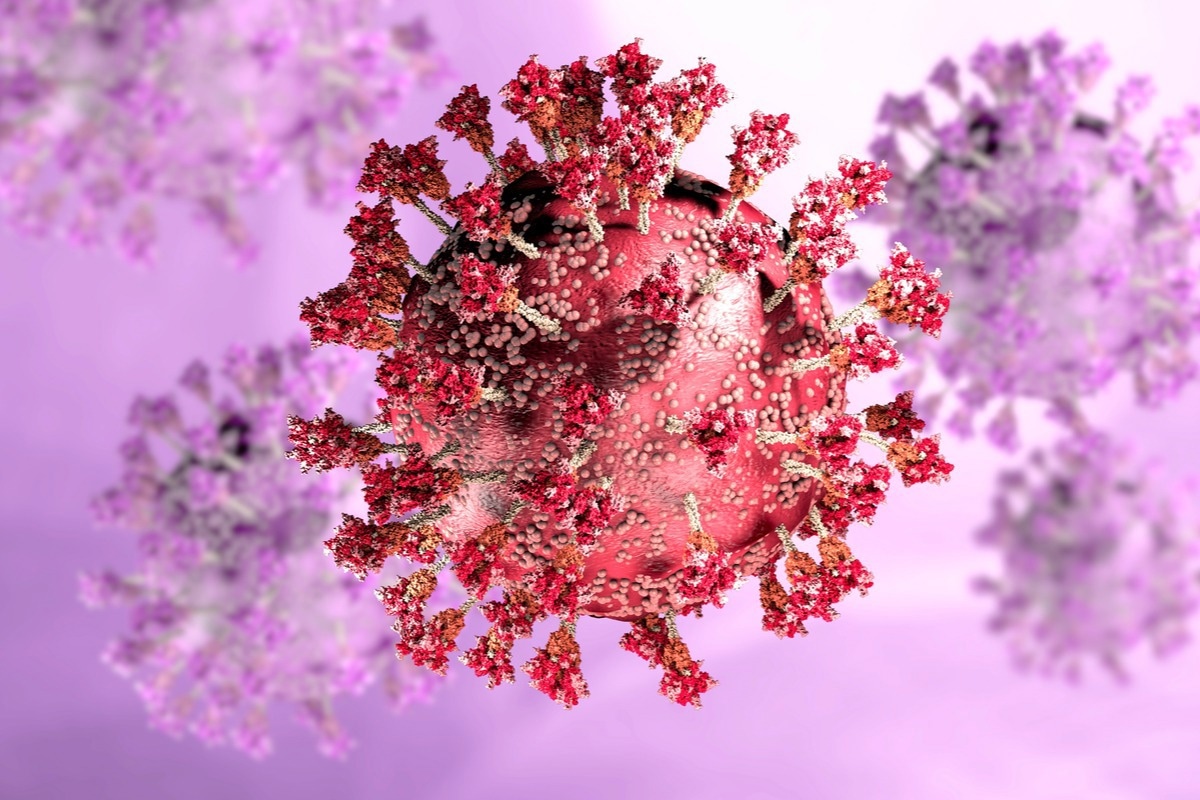In a recent study posted to the medRxiv* preprint server, researchers assessed the global impact of the emergence of the severe acute respiratory syndrome coronavirus 2 (SARS-CoV-2) Omicron variant on coronavirus disease 2019 (COVID-19) clinical epidemiology among hospitalized patients.

Background
The continual emergence of SARS-CoV-2 variants poses a challenge for long-term COVID-19 control. Vaccines have been effective for protection against COVID-19 severity; however, SARS-CoV-2 genomic mutations leading to immune escape and enhanced transmissibility increase COVID-19 severity by either increased virulence or reduced vaccine efficacy. Timely clinical characterization of SARS-CoV-2 infections is essential to guide policy-making; however, individual-level information on SARS-CoV-2 variants is only available for a few COVID-19 patients in limited settings.
About the study
In the present observational study, researchers assessed the impact of the Omicron emergence on COVID-19 clinical epidemiology among hospitalized patients. They proposed an innovative approach to study changes in COVID-19-associated hospitalizations and severity outcomes after Omicron emergence.
In this approach, population-level and publicly available data were used to obtain frequency data of Omicron in relation to other variants and determine periods of Omicron predominance, and descriptively compare variant infections. The method was applied to data obtained from the ISARIC (international severe acute respiratory and emerging infections consortium) database of >100,000 COVID-19 patient records prior to and post-Omicron emergence.
In addition, data on SARS-CoV-2 variants were obtained from the global initiative on sharing all influenza data (GISAID) database. Data were obtained from six World Health Organization (WHO) regions on clinical characteristics and severity outcomes among individuals hospitalized with Omicron infections and compared with patients hospitalized due to other SARS-CoV-2 variant infections.
Individuals hospitalized between October 1, 2021, and February 28, 2022, were included in the study. The mortality rates associated with Omicron and other variant infections were evaluated with and without including comorbid conditions such as diabetes, hypertension, chronic cardiovascular disorders, chronic neurological disorders, and smoking habits for the analysis. In addition, the 28-day fatality risks associated with Omicron and non-Omicron variant infections were determined and compared.
Data analysis was performed using mixed-effects logistic regression modeling, Cox proportional hazards modeling and the odds ratios (OR) were calculated after adjustments for confounding variables. Sensitivity analysis was also performed using individual-level data on the causative variant with associated clinical data.
Results
A total of 129,196 records across 30 countries were obtained, of which, data from Laos and Pakistan were excluded from the analysis since Omicron did not attain significantly high frequency in Laos, and fluctuations in Omicron frequency were observed in Pakistan. Further, 10 COVID-19 patients did not have SARS-CoV-2 positive laboratory test reports. As a result, 103,051 patients across 28 countries were considered for the final analysis.
The median age of COVID-19 patients hospitalized in the pre-Omicron period and the Omicron period were 62 years and 50 years, respectively, and 48% and 55% of COVID-19 patients hospitalized during the periods, respectively, were women. Individuals hospitalized two months prior to Omicron emergence (referred to as the pre-Omicron period, n=22,921) represented 10% of SARS-CoV-2 infections at the inter-country level. Individuals hospitalized two months post-Omicron emergence (referred to as the Omicron period, n=80,140) represented 90% of the SARS-CoV-2 infections.
Notably, 1.3% (465 out of 36,761) individuals reported a positive COVID-19 history prior to hospitalization, of which 0.8% (128 out of 15,563) and 1.6% (337 out of 21,198 belonged to the pre-Omicron period and the Omicron period, respectively). Individuals hospitalized with Omicron infections less frequently experienced the five most commonly reported COVID-19 symptoms (cough, shortness of breath, fatigue, fever, and vomiting) in comparison to those with pre-Omicron variant infections.
In addition, the mortality rates for COVID-19 patients hospitalized after Omicron emergence were lower compared to those hospitalized in the pre-Omicron variant dominance period (adjusted OR was 0.7). Similar results were obtained after including comorbid conditions and considering 28-day-fatality risks as the study outcome.
In the sensitivity analysis, similar qualitative observations were found with differing assumptions at the population level for relative frequencies of Omicron infections, and in the analyses performed using SARS-CoV-2 variant data available at an individual level. The median time to death was 10 days during the pre-Omicron period and six days during the Omicron period.
Overall, the study findings showed that the team’s approach of integrating publicly available SARS-CoV-2 variant frequency data and a large international dataset of >100,000 patients enabled SARS-CoV-2 infection data analysis in several settings.
In addition, the approach provided novel insights into the heterogeneity and clinical outcomes of COVID-19 in the real world.
*Important notice
medRxiv publishes preliminary scientific reports that are not peer-reviewed and, therefore, should not be regarded as conclusive, guide clinical practice/health-related behavior, or treated as established information.
- Christiana Kartsonaki, et al. (2022). An international observational study to assess the impact of the Omicron variant emergence on the clinical epidemiology of COVID-19 in hospitalised patients. medRxiv. doi: https://doi.org/10.1101/2022.06.22.22276764 https://www.medrxiv.org/content/10.1101/2022.06.22.22276764v1
Posted in: Medical Science News | Medical Research News | Disease/Infection News
Tags: Chronic, Coronavirus, Coronavirus Disease COVID-19, Cough, covid-19, Diabetes, Efficacy, Epidemiology, Fatigue, Fever, Frequency, Genomic, Influenza, Laboratory, Mortality, Omicron, Respiratory, SARS, SARS-CoV-2, Severe Acute Respiratory, Severe Acute Respiratory Syndrome, Smoking, Syndrome, Vaccine, Vomiting

Written by
Pooja Toshniwal Paharia
Dr. based clinical-radiological diagnosis and management of oral lesions and conditions and associated maxillofacial disorders.
Source: Read Full Article
